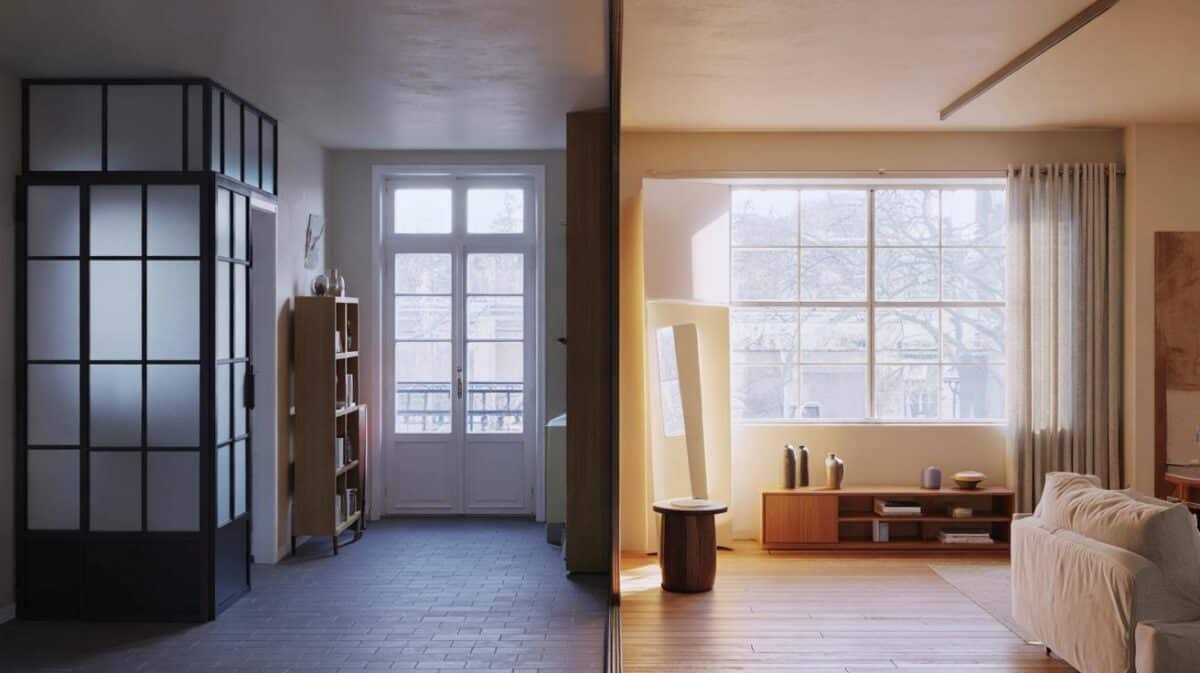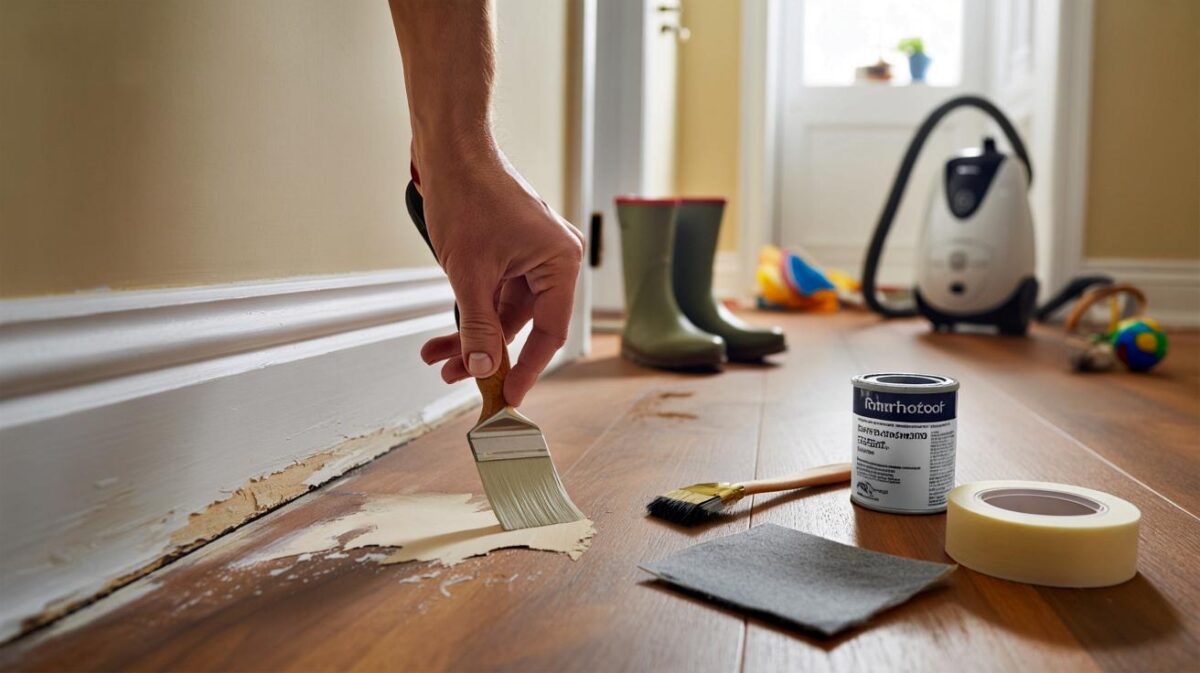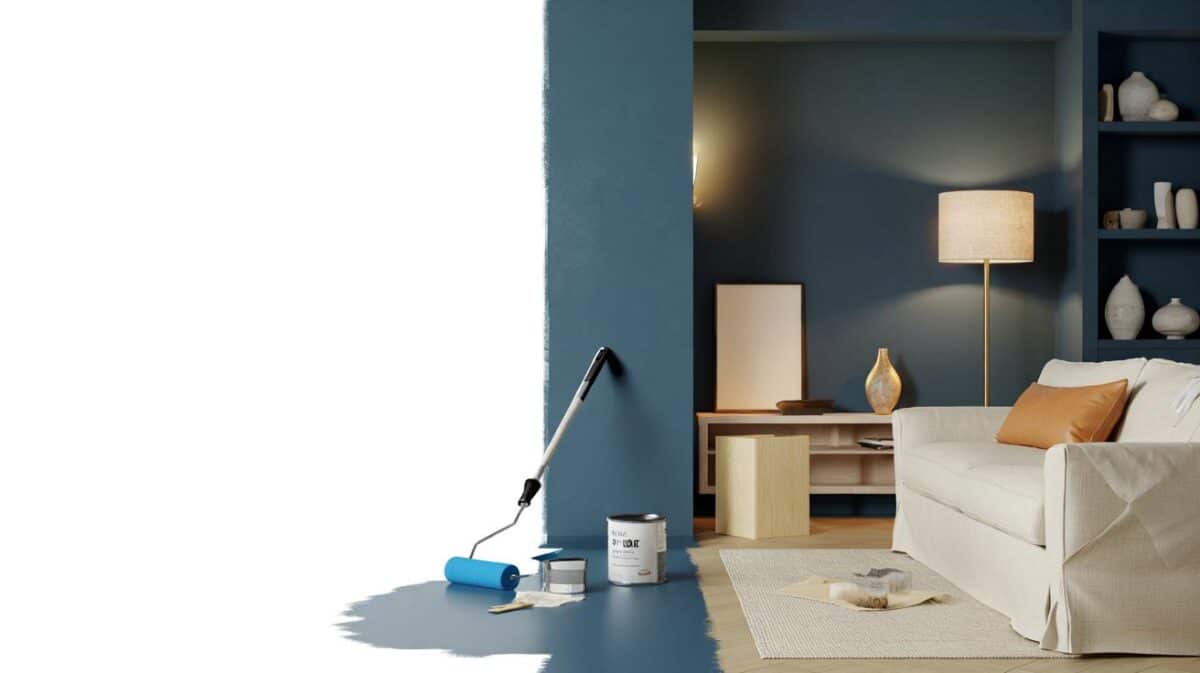This week, a simple habit is circulating among organisers and time‑pressed parents, promising calmer rooms without marathon cleaning sessions.
Why autumn clutter hits harder
Shorter days push families inside earlier. Coats, school kits and online orders land on the same surfaces. Energy costs make cosy nights in more frequent, which means more mess left within reach. The result is a visible build-up across hallways, living rooms and kitchens by mid‑October.
Professional organisers point to a single shift that changes the picture fast: reduce what enters, and reset what lingers. That approach sits behind the season’s most shared routine.
The fastest way to a calmer home is less stuff, clear zones, and tiny resets you actually keep.
The 12‑minute method that actually sticks
The routine is simple: split 12 minutes into three tiny blocks you repeat daily. The time cap removes dread and makes the habit stick on busy days.
Three blocks, four minutes each
- Entrance sweep: shoes paired, post sorted, bags hung, parcels opened or returned to the car.
- Surface rescue: clear the kitchen hotspot and the sofa or coffee table, then wipe once.
- Laundry loop: load or hang, then reset baskets so nothing sits on chairs or floors.
Set a timer. Stop when it rings. Consistency beats heroic sessions that never repeat.
Never leave a room empty‑handed: take one item with you and put it where it belongs.
The rule throttling clutter at the source
The one in, one out principle caps inflow. When a new item arrives, an equivalent leaves immediately. Apply it to mugs, jumpers, toys, tech cables and stationery. You hold fixed capacity without arguing over space later.
One in, one out: if it comes through the door, something similar goes to donation or recycling.
Keep a visible donation bag in the hallway or wardrobe. When it fills, it goes to a charity shop or a community sharing point. You avoid “deciding later”, which is how drawers become jammed.
Zone your home so things have actual homes
Clutter thrives where items lack a clear destination. Give each category a defined container and a single location. Label it. Labels remove friction and stop family debates.
A place for everything, and everything back to that place before you switch room or task.
| Zone | Daily micro‑task (2–4 min) | Weekly reset (10–15 min) |
|---|---|---|
| Hallway | Pair shoes, hang coats, empty post | Vacuum, purge outgrown shoes, clear expired flyers |
| Kitchen | Clear hotspot, load dishwasher, wipe surfaces | Edit mugs and plastics, bin orphan lids, review food dates |
| Living room | Fold throws, corral remotes, return cups | Thin magazines, reset toy basket, clean under sofa |
| Bedrooms | Clothes to laundry, clear bedside tops | Rotate seasonal wear, remove unused hangers |
| Bathroom | Put away toiletries, hang towels to dry | Discard empties, group duplicates, wipe drawers |
| Home office | File loose paper, clear coffee cups | Scan receipts, archive cables, shred junk mail |
Get everyone involved without arguments
A tidy home should not depend on one person’s stamina. Assign micro‑roles and make them visible. Children handle toy returns. Teens take charge of laundry runs. Adults rotate the entrance sweep. Keep score with a whiteboard and keep tasks short to avoid pushback.
Turn it into a game
- Two‑minute dash: pick a room, play a song intro, and reset the space before the chorus.
- Lost‑and‑found count: each person returns five stray items before dinner.
- Sunday swap: one person chooses an item to leave, others match it with their own out‑item.
Short tasks win compliance. If a job takes under five minutes, people do it without resentment.
Daily habits that stop pile‑ups
Put worn clothes in the laundry, not on a chair. Empty bags when you get home, not in the morning rush. File important papers in a single wallet, not a stack. Keep keys in one tray by the door. These micro‑moves cut visual noise and speed mornings.
Use small bins as “containers”. When a bin fills, you edit the content before upgrading storage. The container sets a natural limit, which is easier to follow than pure willpower.
Time and money maths: what 12 minutes buys you
Three blocks of four minutes a day equal 84 minutes a week. That reclaims roughly seven hours a month that used to disappear into weekend clean‑ups. If your hourly rate is £15, that’s £105 of time value each month redirected to rest, a hobby or a proper outing.
One in, one out also trims spending. By requiring an exit for every entry, you pause before buying. Many families report fewer duplicate purchases and fewer storage bins. That keeps both clutter and receipts down.
How to start today in under fifteen minutes
- Pick one hotspot only: the kitchen counter or the coffee table.
- Set a four‑minute timer. Clear surface, wipe, and stop.
- Place a donation bag by the door. Add three items you would not pay to move house.
- Choose a home for keys, post and chargers. Label the spots.
- Tell the household the new rules in one sentence each.
Rules to post on the fridge: one in, one out; never leave a room empty‑handed; back to its place, now.
What to do with the outgoing items
Channel goods to useful exits. Charities welcome clean clothing, books and small electrics. Community apps move items locally within hours. Supermarkets host recycling points for batteries and soft plastics. Your council tip handles broken appliances safely. Decide the route before you fill the bag, then stick to it.
Common pitfalls and how to avoid them
- Buying new storage instead of editing: reduce volume first, then measure, then buy.
- Delayed decisions: create a weekly ten‑minute “out‑bag walk” to your chosen donation point.
- All‑or‑nothing sprints: schedule tiny repeats, not heroic cleans that burn you out.
- Paper drift: scan receipts weekly, keep one tray for action, one folder for archive.
- Seasonal overflow: rotate coats and shoes; store off‑season in a labelled box per person.
Extra context for different households
Shift workers and neurodivergent adults often benefit from visual cues. Use clear bins and colour labels. Keep identical hangers to reduce visual noise. Playlists help with timing. If you share a home, agree on “good enough” standards per room to prevent friction.
Parents of toddlers can place low baskets for toys and one display shelf for favourites. The display rotates weekly, which limits floor spread without tears. Teens respond well to outcome goals: a clear chair, a clear desk, a clear floor. Measure those three points, not perfection.
If you want to go further
Try a seven‑day reset: each day, choose one category—mugs, tees, towels, toys, cables, books, toiletries—and remove five items. That is 35 exits in a week without drama. Pair it with a spending pause on that category for the same period. Track how much time you gain in the evenings and note the energy lift.
For small flats, think capacity. Decide the number of mugs, tees and towels that fit your shelves without stacking. Mark the limit inside the cupboard. When you exceed it, you remove one before closing the door. Limits beat endless tidy‑ups.








